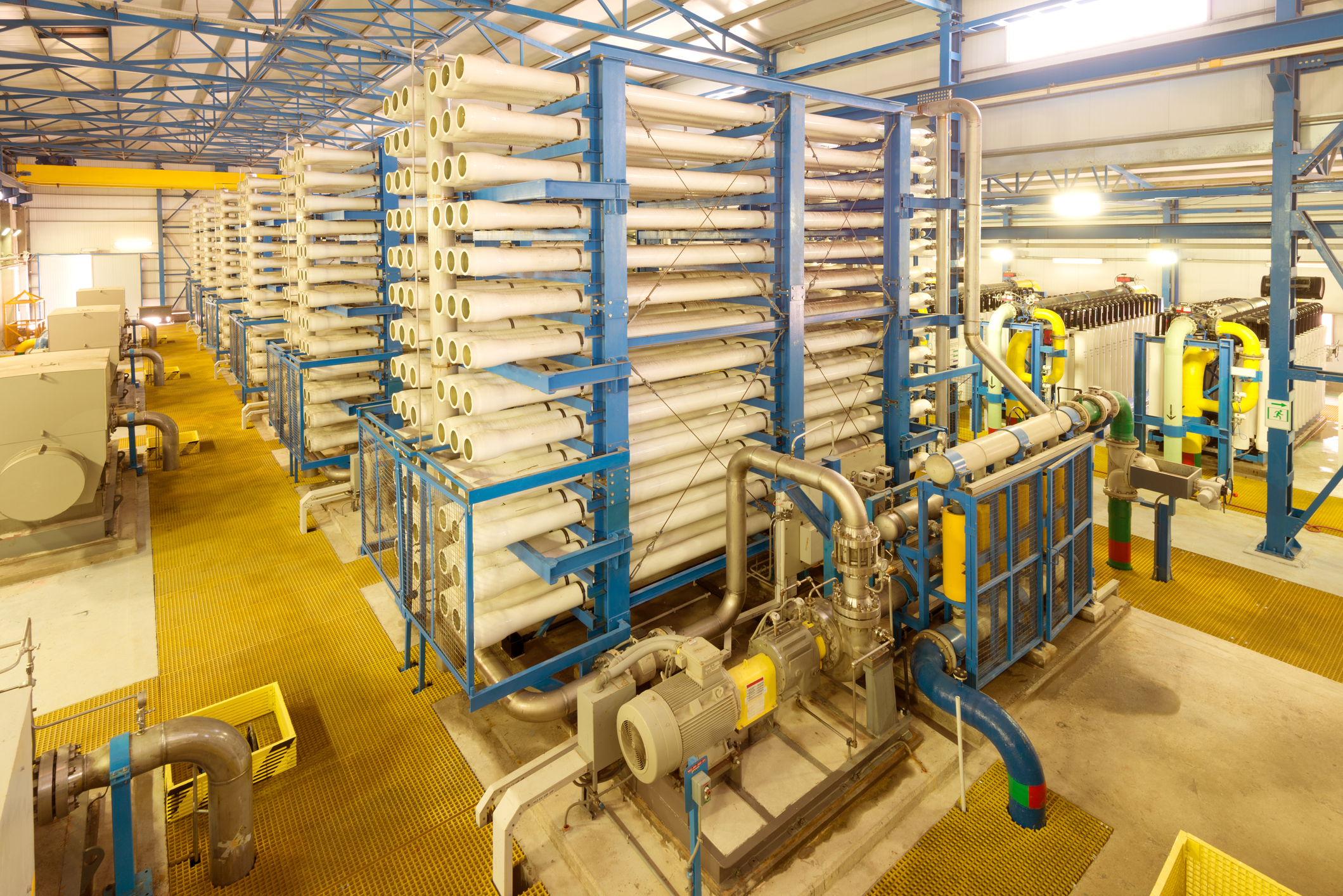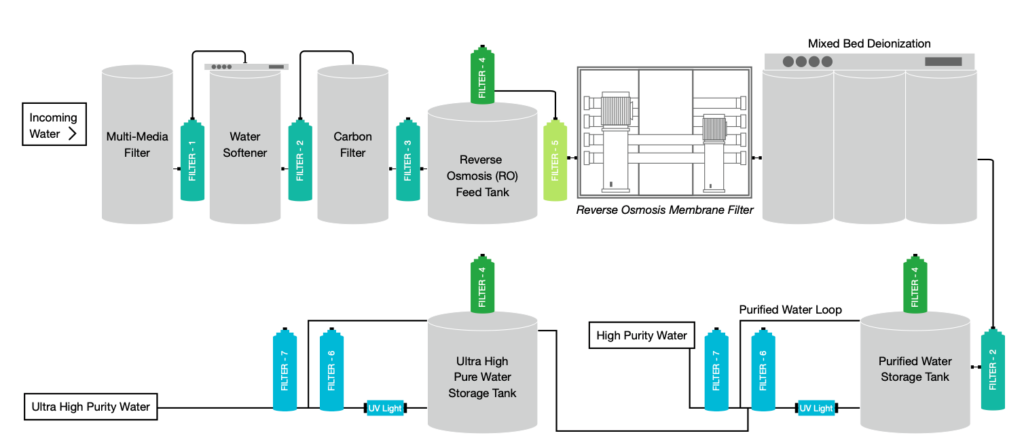
Industrial Pure & Ultrapure Water Systems
As a significant ingredient, power source, or cleansing agent in many manufacturing processes, pure and ultrapure water is becoming a substantial part of the equation for success.
Global Filter Improves Process Efficiencies In Pure & Ultrapure Water Systems
Demands for pure water are at an all-time high and there is an increasing need to abide by stringent environmental regulations. To stay competitive, it is more important than ever to optimize process efficiencies to save production costs and avoid the consequences of downtimes.
Filtration Solutions Have a Direct Impact on the Quality of your Products
Several factors must be considered when selecting the best-suited filtration media including the required flow, influent quality, and effluent requirements.
Capturing Bulk Solids from Influent Water to Improve Water System
One factor to consider is influent quality. There must be adequate coverage of the filtration area, or EFA, in order to capture the bulk of incoming solids. Depending upon the particulate distribution, and ambient conditions, coverage can be accomplished with a depth filter cartridge or pleated depth filter cartridge.
Protecting Pure & Ultrapure Water Systems
After solid removal, the focus shifts to the capabilities of the remaining components of the system and the desired final product water quality. If reverse osmosis, deionization, or carbon system is present, the system must be protected accordingly. This can be accomplished with the use of a high-purity pleated depth product such as our PP-Series or FG-Series, which optimizes the rating and capacity during this stage.
Product Water Polishing in Pure & Ultrapure Water Systems
Additionally, the product water must be polished or filtered with a membrane, to reach the required cleanliness. In general, the polishing filter will utilize a 0.2μm hydrophilic membrane, with or without some form of bacterial retention. Appropriate regulatory agencies or in-house company guidelines will typically provide membrane requirements for your process. While the general process for producing pure or ultrapure water is similar from one system to the next, each process is unique and requires specific considerations.
Optimizing the High Purity Water Process

Sediment, Particulate & Trap Filter Stages: 1, 2, 3
Pleated Polypropylene – PP, PPE, HFPP Series
Pleated Microglass – FG, FGE, HFFG Series
Polypropylene Meltblow – GWTB, GCTB, GATB Series
Protecting the activated carbon, deionization tanks, and the RO or Ion Exchange Units(IEU) is critical. Surface or groundwater is typically treated and softened before filtration with a filter that removes particles larger than 10 microns, then filtered down to one to five microns filter to protect downstream equipment.
Tank Filter Stages: 4
PTFE (Hydrophobic) Membrane – GGPTFE Series, ERPTFE Series, BRPTFE Series, and PPTFE Series
Polysulfone (Hydrophobic) Membrane – PSH Series
Storage and fill tank vent filtration allows for bacteria and particulate-free air to pass during filling and evacuation, protecting the storage tank and its contents from contamination. This filter is typically rated at 0.2 microns and is hydrophobic and bacterial retentive, which prevents moisture airborne contaminants from entering the tank.
Pre-Filtration Filter Stages: 5
Pleated Polypropylene – PP, PPE, HFPP Series
Pleated Microglass – FG, FGE, HFFG Series
Removes fine particles and suspended organic matter and serves as pre-filtration to the RO and deionization system. If water has IEU treatment, a 5-micron filter may be installed between the IEU and the water storage tank to prevent fractured beads from entering.
Bio-Burden/Polishing Filter Stages: 6 & 7
PTFE (Hydrophobic) Membrane – GGPTFE Series, ERPTFE Series, BRPTFE Series, and PPTFE Series
Reduces and removes virtually all microorganisms and contaminants down to 0.2 microns as final filtration to high purity applications and as further polishing in downstream ultra-high purity water systems.

